Best Selling Cars Around The Globe: How Chinese Brands May Finally Find Their Mojo at Home
Your favorite worldwide updates are back and today the focus is on China.
It’s no secret that apart from in the Light Commercial Vehicle segment, Chinese brands have been struggling in their home market for a while (see China February 2012: When will Chinese cars rule at home?). Granted, last November in the midst of China-Japan tensions, the penetration rate of Chinese passenger cars shot up to 35%, its highest in 20 years. But it’s still incredibly low compared to Japan and South Korea, two Asian car manufacturing powerhouses that have built their success overseas on a quasi-monopoly at home.
But this could change drastically soon.
How?
Jump and see…
French car website autoactu.com claims the Chinese woes at home may be about to ease a little.
But first let’s backtrack a few years. The bulk of the explosive Chinese car market growth – from a mere 1.5 million annual units in 2002 (including LCVs) to a whopping 19.6 million 10 years later – has been for the most part absorbed by well-off urbanites from the East coast. Their culture and buying power have biased their car choices towards more expensive and non-Chinese models. When the government put in place limitations on the obtention of licence plates to curb congestion and pollution in very large cities like Shanghai and Beijing in 2011, this trend accelerated.
Nowadays Shanghai licence plates alone can set you back as much as $15,000. For this price, only the (very) well-off can afford a new car, and their choice is not Chinese, which represent only 9% of new car sales in Shanghai and 10% in Beijing, down from 20% before the licence plate restrictions. If these measures are extended to Tier 2-3 cities, you would assume the situation could become truly dramatic for Chinese manufacturers. Not so, according to Autoactu. Most local brands have recognised that their opportunity now lies in secondary markets deeper inside the ‘Chinese Far-West’…
These areas are currently considerably under-motorised and given the evolution of the market in the last decade, no foreign manufacturer has spent too much time thinking about a TRULY affordable, no frills offering. This is where local models come in…
And the way Chinese manufacturers could finally find their mojo at home is strikingly similar to what they are currently doing in export markets. Autoactu quotes a study by Jeune Afrique magazine which stresses the fact that Chinese manufacturers now hold 20% of some African markets like Senegal, Ivory Coast or Kenya because they are filling a need that European, Japanese or even Korean manufacturers, too expensive, can’t cater for.
And as you faithful readers would know already, Chery ( under the Speranza brand in Egypt) and JAC ( under the Holland Car brand in Ethiopia) already assemble cars in Africa among others. Great Wall for its part sold no less than 22,000 units in Africa last year.
Ironically, by perfecting their entry-level strategies in export markets as varied as Africa, Australia, Russia, Brazil and most of South America, Eastern Europe – notably in Ukraine where the Geely CK is extremely successful and obviously Bulgaria where Great Wall is now producing – and less developed South Asian countries like Laos and Myanmar where the Chery QQ is omnipresent, Chinese manufacturers are getting themselves ready for their time to shine at home.
Targeting semi-rural China instead of Shanghai requires a very similar thinking that has pushed Chinese brands to target Southern, developing countries and enter these markets as true industrial partners helping development in the long term, instead of focusing first on developed, sophisticated (and saturated) markets like the US or Western Europe.
As this happens, we are witnessing a completely new model of worldwide expansion for national car manufacturers. What seemed to be the norm until now was to rely strongly on engineering and marketing knowledge acquired at home in very closed markets to then grow sales overseas: Ford then most US carmakers in the first half of the 20th century, most European manufacturers after World War II, the Japanese in the 1960s/70s and the Koreans in the 1980s/90s.
China inaugurates a model that is starting to look like it could take the complete opposite direction. Muffled by foreign manufacturers at home (albeit through joint-ventures that still contribute to their bottom-line), Chinese carmakers are accelerating their worldwide expansion (they sold over 1 million export units for the first time in 2012), focusing on less developed markets that will form the bulk of the global car sales growth in the next couple of decades. But through the process they are learning how to sell low-cost overseas and making themselves more competitive at home.
In this context, the Qoros launch in Western Europe can seem like a fly on the wall, but it’s simply one additional strategy the Chinese are exploring to crack saturated markets like Western Europe. While Great Wall has entered the UK at the lower end, Chery is using Qoros to understand how premium a Chinese car manufacturer needs to be to be taken seriously. The answer might be: not premium at all, but you can’t blame Chery for trying.
Going overseas to better tackle their home markets? Now that’s something a few Western carmakers could learn from…
Matt Gasnier, based in Sydney, Australia, runs a blog named Best Selling Cars Blog, dedicated to counting cars all over the world.
More by Matt Gasnier
Latest Car Reviews
Read moreLatest Product Reviews
Read moreRecent Comments
- Jkross22 When I think about products that I buy that are of the highest quality or are of great value, I have no idea if they are made as a whole or in parts by unionized employees. As a customer, that's really all I care about. When I think about services I receive from unionized and non-unionized employees, it varies from C- to F levels of service. Will unionizing make the cars better or worse?
- Namesakeone I think it's the age old conundrum: Every company (or industry) wants every other one to pay its workers well; well-paid workers make great customers. But nobody wants to pay their own workers well; that would eat into profits. So instead of what Henry Ford (the first) did over a century ago, we will have a lot of companies copying Nike in the 1980s: third-world employees (with a few highly-paid celebrity athlete endorsers) selling overpriced products to upper-middle-class Americans (with a few urban street youths willing to literally kill for that product), until there are no more upper-middle-class Americans left.
- ToolGuy I was challenged by Tim's incisive opinion, but thankfully Jeff's multiple vanilla truisms have set me straight. Or something. 😉
- ChristianWimmer The body kit modifications ruined it for me.
- ToolGuy "I have my stance -- I won't prejudice the commentariat by sharing it."• Like Tim, I have my opinion and it is perfect and above reproach (as long as I keep it to myself). I would hate to share it with the world and risk having someone critique it. LOL.



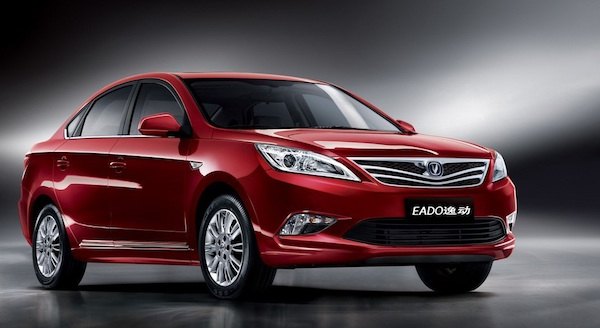























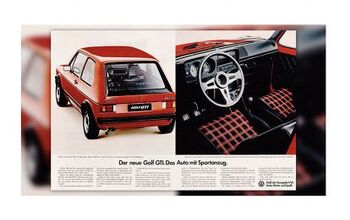

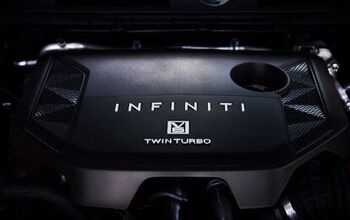
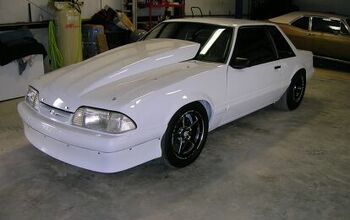
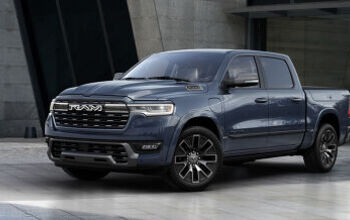
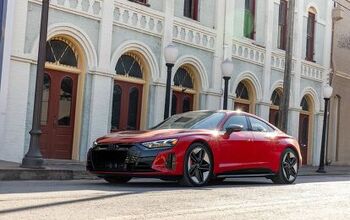

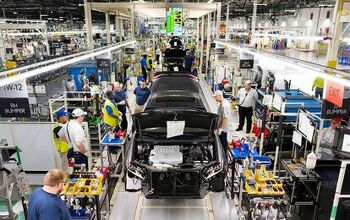






Comments
Join the conversation
Hey Matt! Missed your articles here! Great analysis. In Brazil Chinese companies' growth was effetively blocked by the government raising taxes (not to mention the bad reputation gained in the market - try selling a used Chinese car here). Chinese companies have been unable or lower prices so now they're trying to sell bigger cars with prices roughly equivalent to others makes in the market. Just not happening.
I think you've hit the nail on the proverbial head. These manufacturers will be able to capitalize on market scale by doing this and in turn they will drive up the quality in a very short while. Don't be surprised if in 10 years one of the Chinese manufactures is occupying the same position Hyundai or Kia is now.